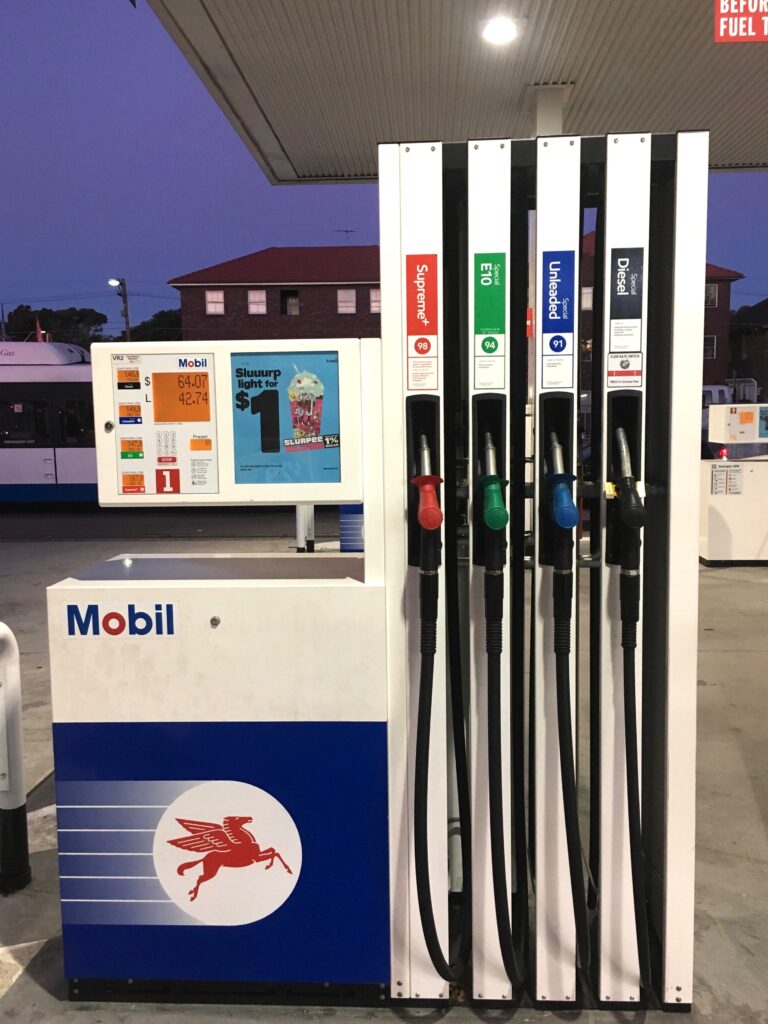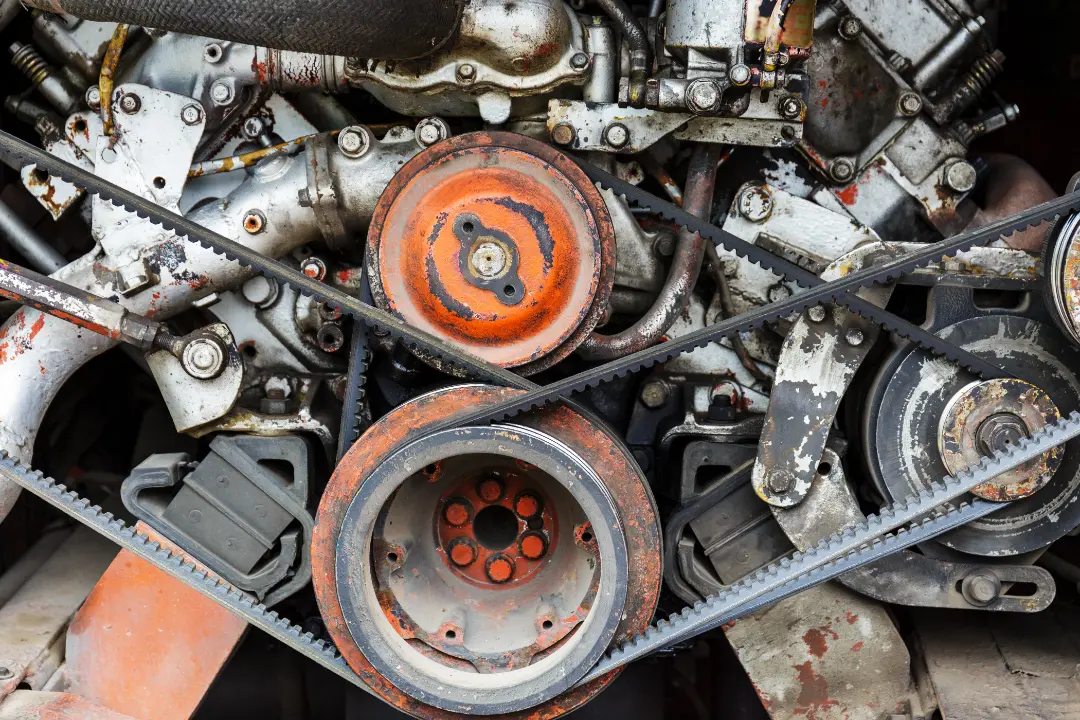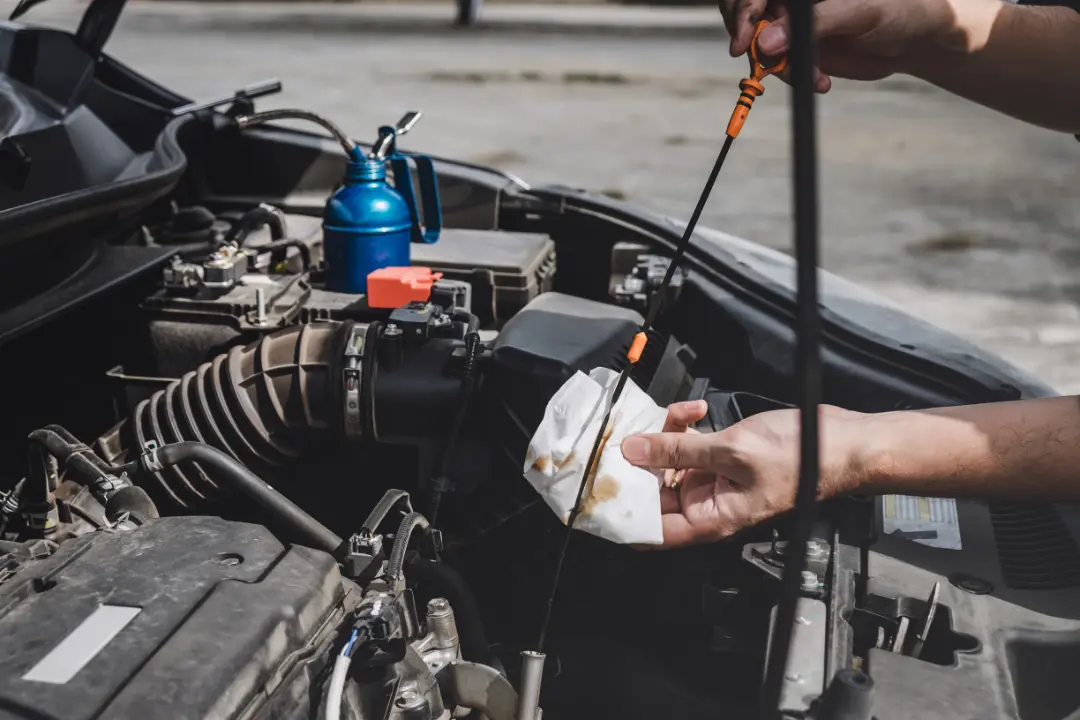Still, a quarter of people don't understand the new standard grade of E10 petrol introduced at the beginning of this month.
It was a heated debate. The UK government’s new E10 petrol, which contains 10% bioethanol, was introduced at the start of this month. But what does it mean for drivers? And what will be the impact on fuel prices in the future?
A recent survey from RAC Motoring Services found that 25% of motorists don’t understand how to use E10 and fear running out of fuel when driving their older cars, while others are concerned about an increase in fuel prices.
Introducing any new standard grade usually, takes time to catch on with consumers – but is there more here than meets the eye?
Firstly how do you find out what fuel your car requires?
Luckily it takes no longer than a minute to see what fuel your car should be taking.
Click here, and this will take you to the government FREE website checker.
So now you understand how to find out what fuel your car takes, let’s look into why you should care:
1. What is E10 fuel, and why should you care
E10 is a petrol fuel that contains 10% bioethanol. This new petrol replaces the E5 petrol which has just 5% bioethanol. Bioethanol is also referred to as ethanol or grain alcohol. For drivers, using this new fuel will not mean much if they have cars built since 2011 because these vehicles can use both fuels; regardless of what year your vehicle was made, check here before you purchase fuel; however, for those who have cars built before 2011 some will need to buy E5 but will be more expensive on the pump. There are a few cars before 2011 that are fine to use new fuel, so double check using the government website to make sure
Almost all (95%) petrol-powered vehicles on the road today can use E10 petrol.
2. Is it safe to use in your car
Using E10 in cars built before 2011 you will need to check government website, as it is not recommended for some cars before 2011 because some off vehicles cannot use any fuels containing more than 5% bioethanol that being said a few cars before 2011 are perfectly fine to use both so check the government site to be sure. Now accidentally using E10 will be ok; make sure to use the correct fuel next time.
3. How do I find out what fuel my car requires
The good news is it is so simple to find out what fuel your car needs, all you need is your car registration and visit the government website by clicking here
https://www.gov.uk/check-vehicle-e10-petrol
4. Where can I buy E10 fuel near me
Firstly, make sure your car is eligible to use E10. check the government website but some Cars registered before 2011 are unable to use any fuels containing more than 5% bioethanol. In Sittingbourne, the good news is both BP and Morrisons in Sittingbourne do have E10 fuel, According to their site, if you are looking for E5 fuel Morrisons on Mill Way, Sittingbourne, and Asda, you should have E5 at the time of writing this. But this could change at any time
5. Why has the UK government introduced new petrol called E10, which contains 10% bioethanol
Bioethanol is a renewable fuel made from natural products, such as cereal crops, sugarcane, and other plants. It comes in two forms – E5 and E10. The UK government has introduced E10, which has 10% bioethanol, replacing the E5 with only 5%. E10 Fuel is better for the environment, reduces our dependency on imported oil, and can reduce Carbon monoxide by 750,000 tonnes in a year.
6. Will this affect petrol prices in the future
Currently, it’s unclear what effect this new petrol will have on fuel prices in the future. Unfortunately, E5 fuel has gone up in price by 15p per liter, but E10 hasn’t gone up in price yet. If you are looking for ways to reduce costs, join others by using these simple petrol saving tips.
With the unfortunate fuel price rise, there are many things you can do to make your car more economical; here are some quick tips to help you get more miles per gallon.
Please have a look at your tyres, the condition of your tyres can affect how efficiently they use petrol. For example, if your tyre tread is low, it could be costing you money at the pump.
Air pressure of your tyres: Improper air pressure wastes money and reduces fuel efficiency.
Driving style: Fast accelerating and heavy braking will reduce fuel economy.
Regular servicing service: This can help you save money in the long run, and this point is always over missed. It’s so easy to get your car in for a small service, and it hasn’t got to cost an arm and a leg; doing this, in the long run, has so many benefits beyond just increasing or maintaining your MPG.
Conculsion
The introduction of this new fuel has several implications, which you’ll find out more about in this article. If your car is eligible to use E10, it’s essential to understand how the different fuels affect its performance and their impact on costs down the line. It may not be as simple as just choosing one type over another! The UK government is introducing new petrol called E10, which contains 10% bioethanol – replacing the 5% previously sold at pumps across Britain. For some drivers built before 2011 who need to buy E5 but will be more expensive on the pump because these vehicles cannot use any fuels containing more than 5%. I hope you have found this article helpful. Don’t forget to check the government website to see what fuel you can take. Also Check out more of what we offer on our homepage



